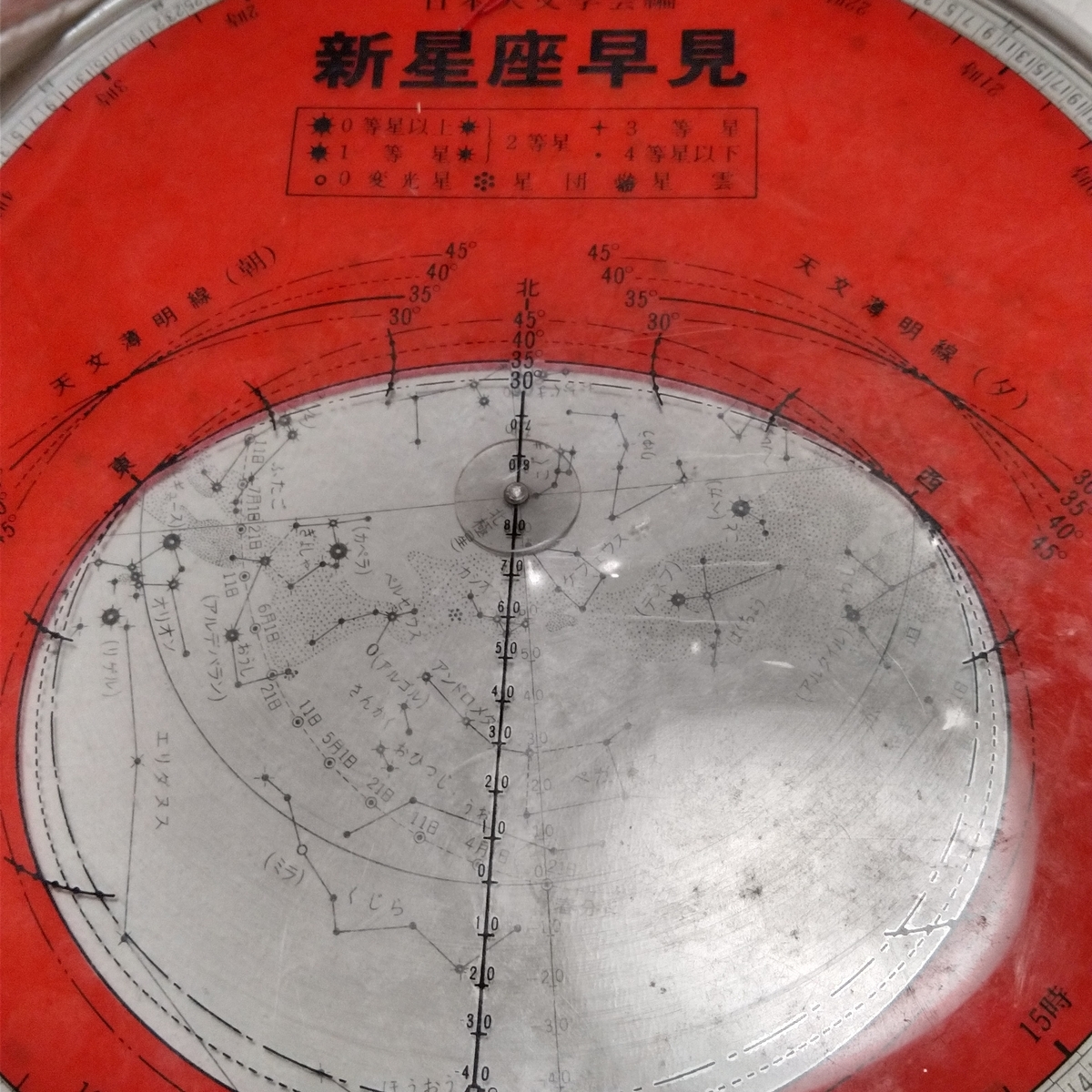月の満ち欠けの中で 閉じで開く窓の音楽
何年読んでるかもうわからない雑誌天文ガイド、多くの似たような天文月間誌が生まれては消え、これだけなぜか消えない。
* 特集の他に、最新の研究の記事は毎月移り変わる紹介される。その時その時の宇宙世界の構造の研究の進むさま、はるか遠くの宇宙
の出来事が伝えられる。
*各地で行われるプラネタリウムのプログラム
*太陽の活動の報告 客観的に見える太陽の様、母なる光がささやき、朝の昼の夕方に私たちに、植物に、動物に注ぎ込む。
*流星群の報告 淡々と報告される流星の量と軌道、月により、異なるところから流れゆく流星、
*惑星 惑星の位置と光、表面の移り変わり。
*彗星 次々と太陽系の奥から現れる彗星たち、その軌道と光度。
*変光星 移り変わる恒星の光、その光度の数値。そこに恒星の構造が見える。
*そして多くの天体の写真で締めくくられる
冷静に伝えられる数字、事実。そこから人々は世界の意味を読み解く。そして光に包み込まれていく
月の満ち欠けの中で 閉じは開く窓の音楽を聴きながら。
#天文ガイド#数字#窓
In the phases of the moon, the music of a window closing and opening
For years I can't remember, I've been reading the astronomy magazine Tenmon Guide, while many similar monthly astronomy magazines have come and gone, this one somehow never disappears.
In addition to special features, articles on the latest research change every month, introduced. The state of advancing research on the structure of the cosmic world, events in the distant universe are reported.
Programs at planetariums held in various places
Reports on solar activity, the appearance of the sun as seen objectively, the motherly light whispers, pouring into us, plants, and animals in the morning, noon, and evening.
Reports on meteor showers, the number and orbit of meteors reported calmly, meteors flowing from different places depending on the moon,
Planets, the position and light of planets, and the changing surface.
Comets, comets appearing one after another from the depths of the solar system, their orbits, and luminosity.
Variable stars, the changing light of stars, and their luminosity values. There, the structure of the stars is visible.
And concluded with many photos of celestial bodies
Calmly conveyed numbers, facts. From there, people decipher the meaning of the world. And are enveloped in light
In the phases of the moon, listening to the music of a window that closes and opens.
#AstronomyGuide #Numbers #Window<a href="https://atatakakaimachi.up.seesaa.net/image/P101023020E69C88-bb12b.JPG" target="_blank"><img border="0" alt="P1010230 月.JPG" src="https://atatakakaimachi.up.seesaa.net/image/P101023020E69C88-bb12b-thumbnail2.JPG" width="640" height="480"></a>

月の満ち欠けの中で 閉じで開く窓の音楽
何年読んでるかもうわからない雑誌天文ガイド、多くの似たような天文月間誌が生まれては消え、これだけなぜか消えない。
* 特集の他に、最新の研究の記事は毎月移り変わる紹介される。その時その時の宇宙世界の構造の研究の進むさま、はるか遠くの宇宙
の出来事が伝えられる。
*各地で行われるプラネタリウムのプログラム
*太陽の活動の報告 客観的に見える太陽の様、母なる光がささやき、朝の昼の夕方に私たちに、植物に、動物に注ぎ込む。
*流星群の報告 淡々と報告される流星の量と軌道、月により、異なるところから流れゆく流星、
*惑星 惑星の位置と光、表面の移り変わり。
*彗星 次々と太陽系の奥から現れる彗星たち、その軌道と光度。
*変光星 移り変わる恒星の光、その光度の数値。そこに恒星の構造が見える。
*そして多くの天体の写真で締めくくられる
冷静に伝えられる数字、事実。そこから人々は世界の意味を読み解く。そして光に包み込まれていく
月の満ち欠けの中で 閉じは開く窓の音楽を聴きながら。
#天文ガイド#数字#窓
In the phases of the moon, the music of a window closing and opening
For years I can't remember, I've been reading the astronomy magazine Tenmon Guide, while many similar monthly astronomy magazines have come and gone, this one somehow never disappears.
In addition to special features, articles on the latest research change every month, introduced. The state of advancing research on the structure of the cosmic world, events in the distant universe are reported.
Programs at planetariums held in various places
Reports on solar activity, the appearance of the sun as seen objectively, the motherly light whispers, pouring into us, plants, and animals in the morning, noon, and evening.
Reports on meteor showers, the number and orbit of meteors reported calmly, meteors flowing from different places depending on the moon,
Planets, the position and light of planets, and the changing surface.
Comets, comets appearing one after another from the depths of the solar system, their orbits, and luminosity.
Variable stars, the changing light of stars, and their luminosity values. There, the structure of the stars is visible.
And concluded with many photos of celestial bodies
Calmly conveyed numbers, facts. From there, people decipher the meaning of the world. And are enveloped in light
In the phases of the moon, listening to the music of a window that closes and opens.
#AstronomyGuide #Numbers #Window<a href="https://atatakakaimachi.up.seesaa.net/image/P101023020E69C88-bb12b.JPG" target="_blank"><img border="0" alt="P1010230 月.JPG" src="https://atatakakaimachi.up.seesaa.net/image/P101023020E69C88-bb12b-thumbnail2.JPG" width="640" height="480"></a>


